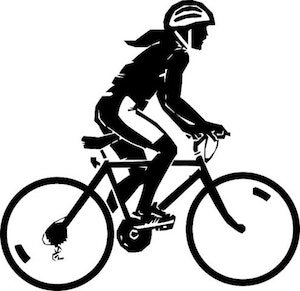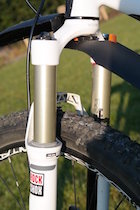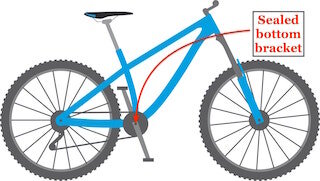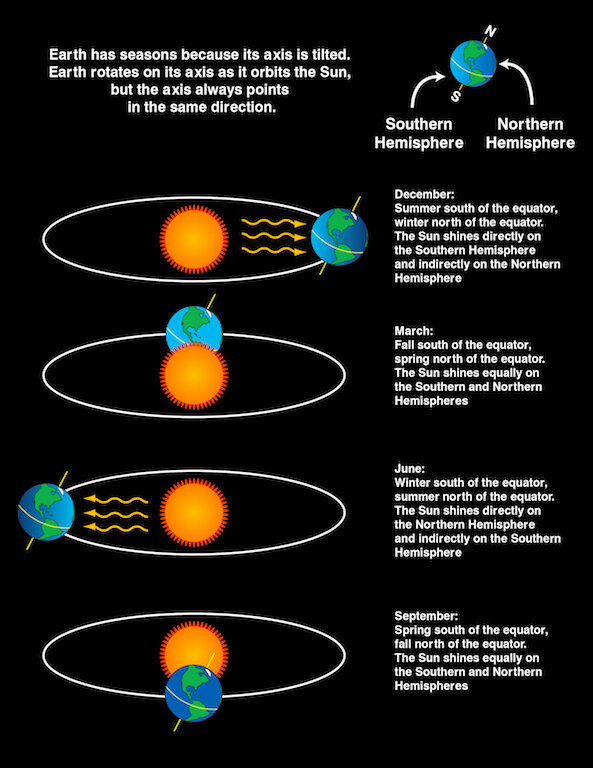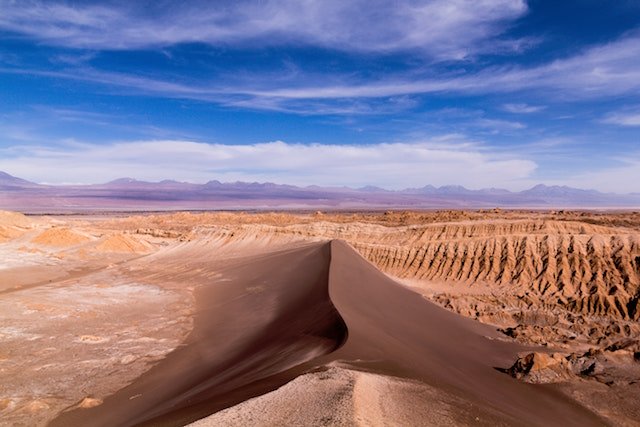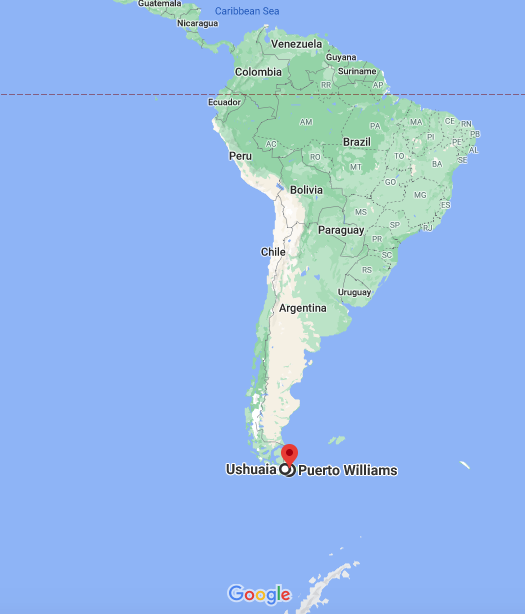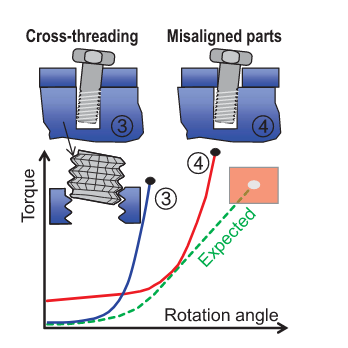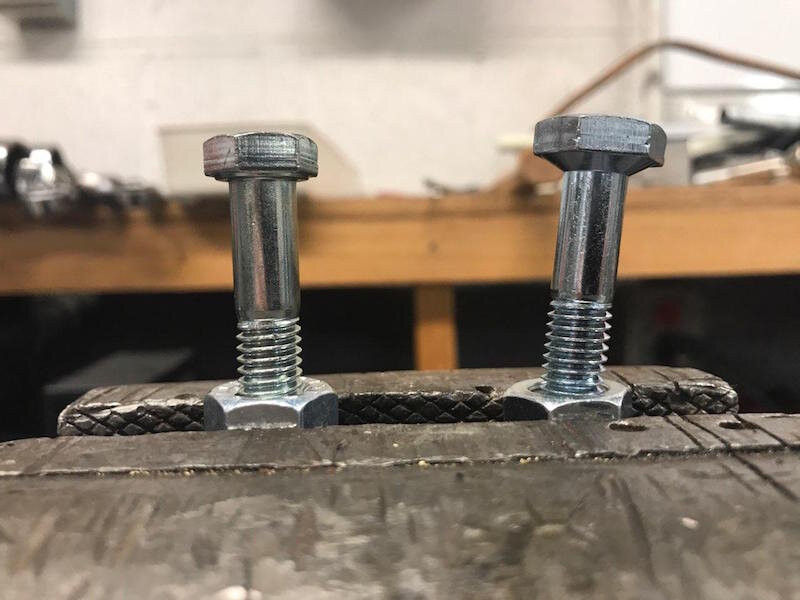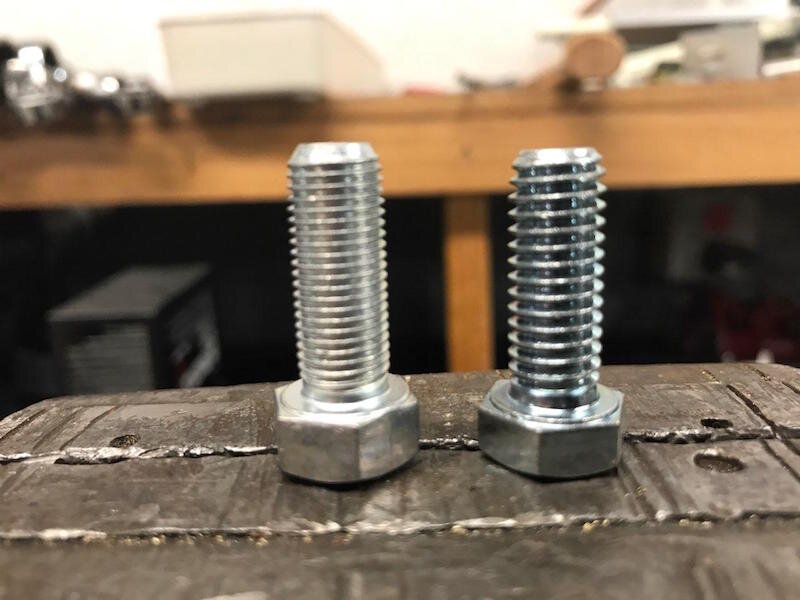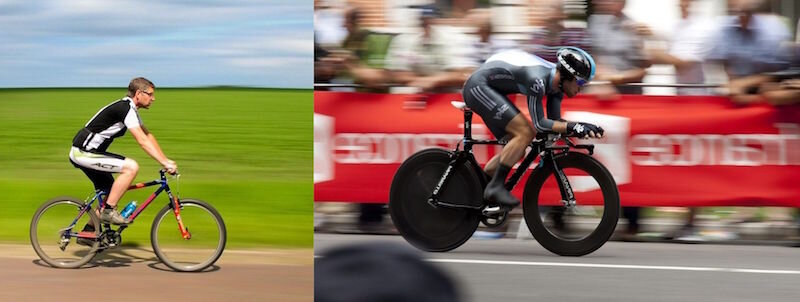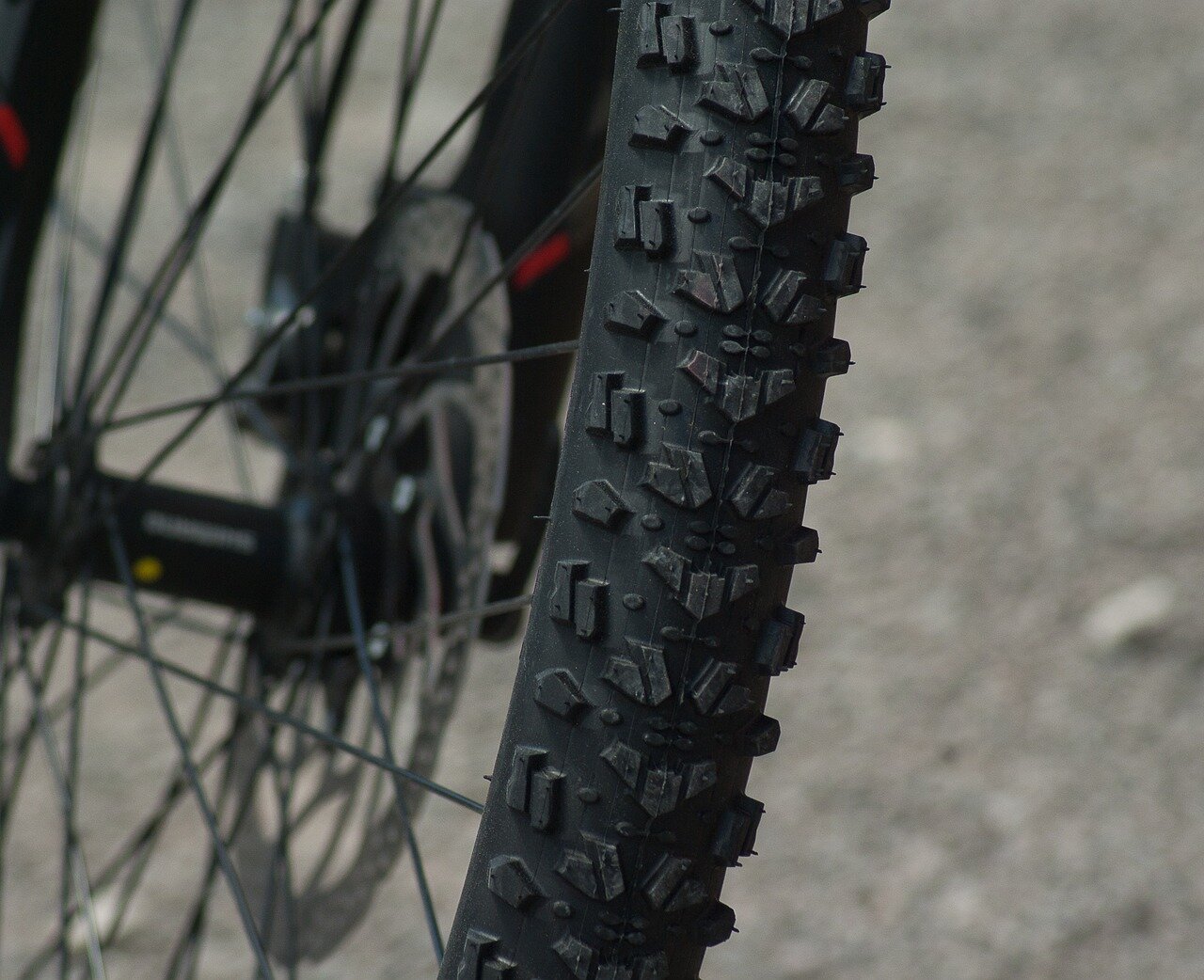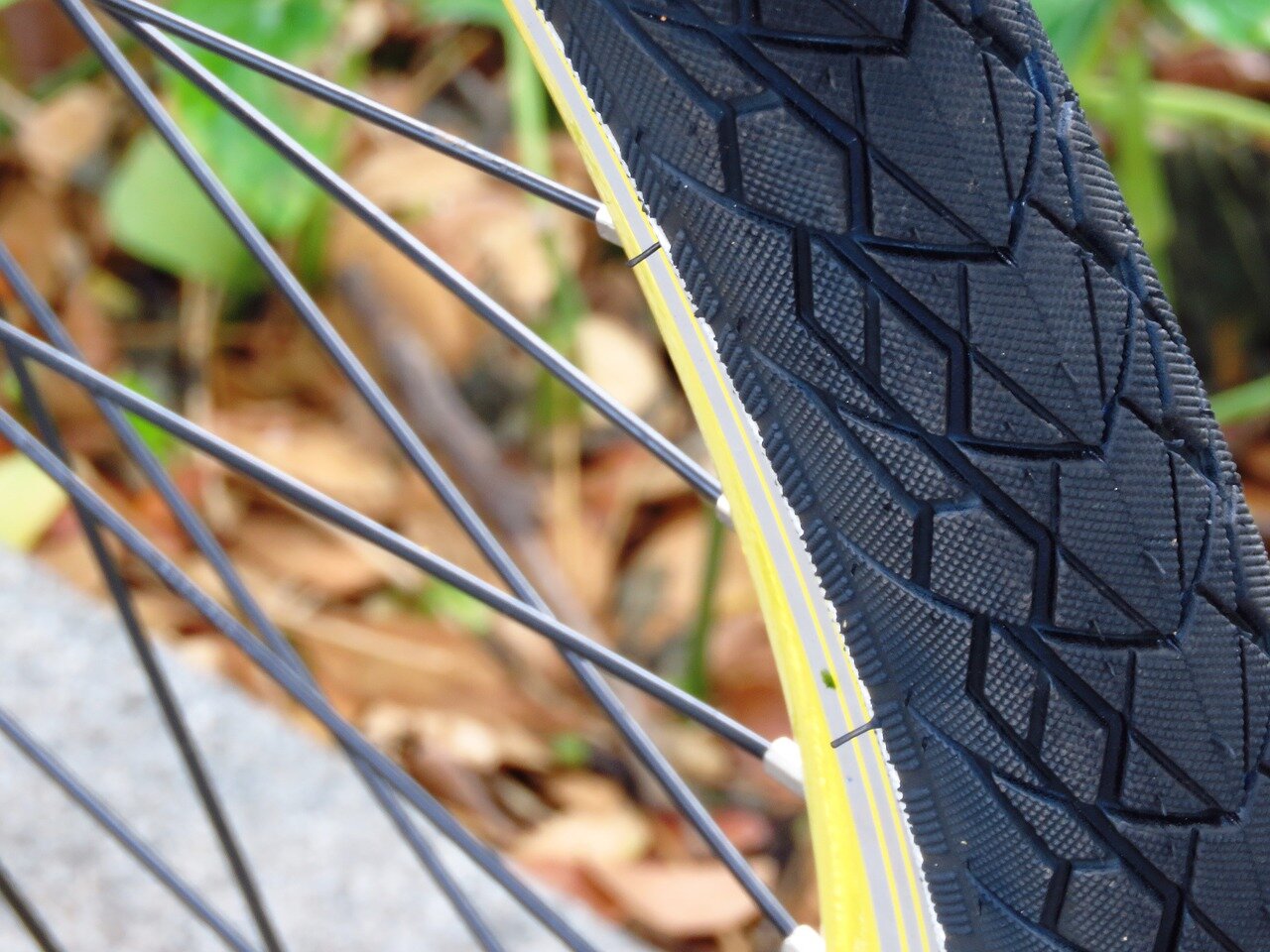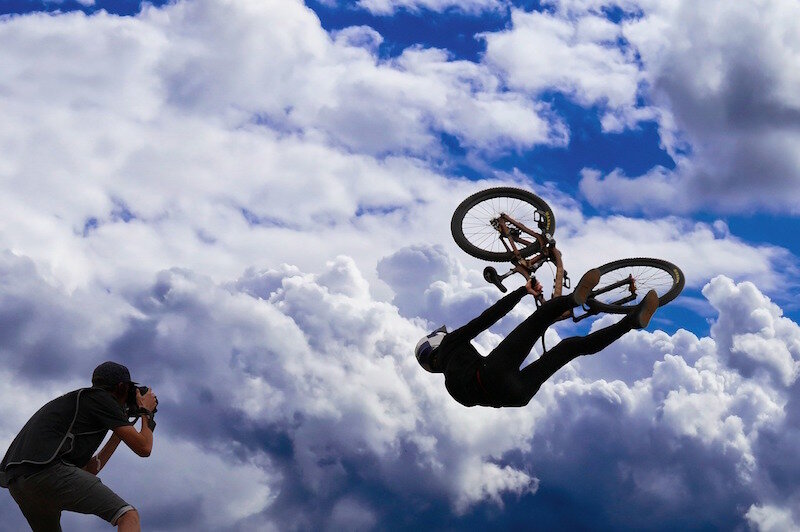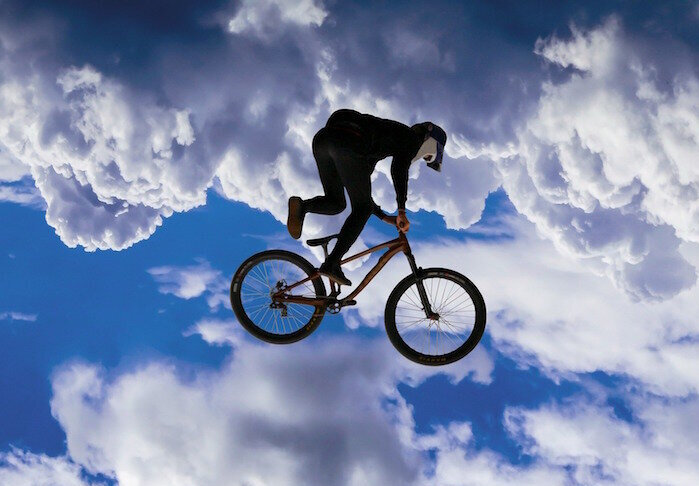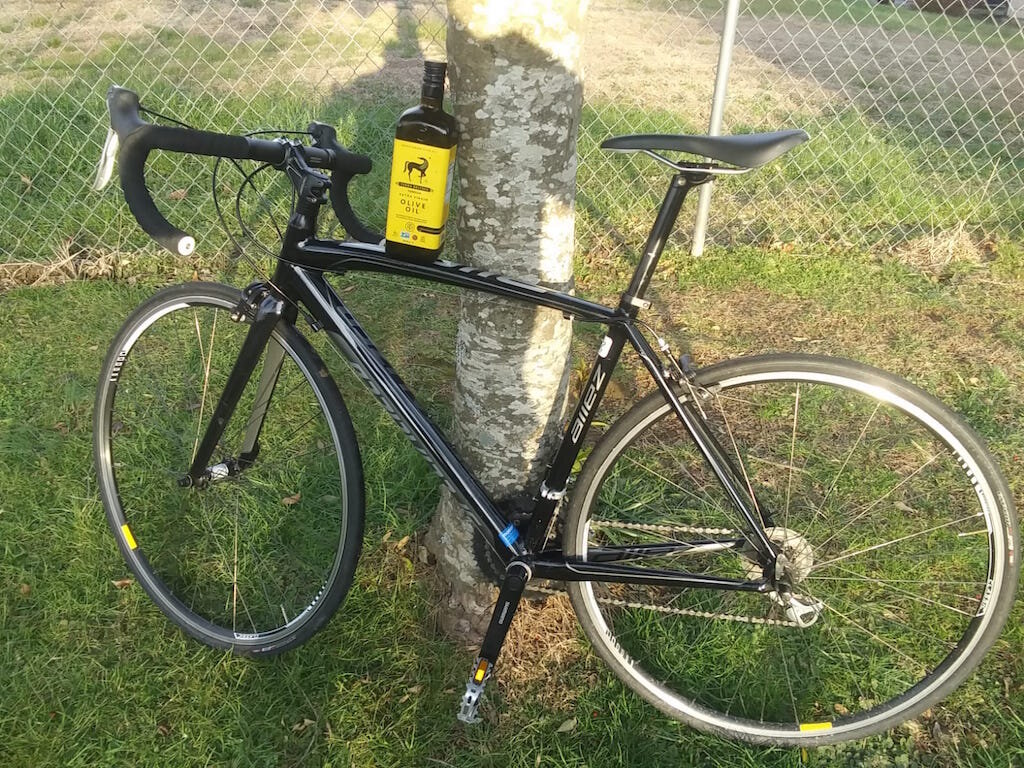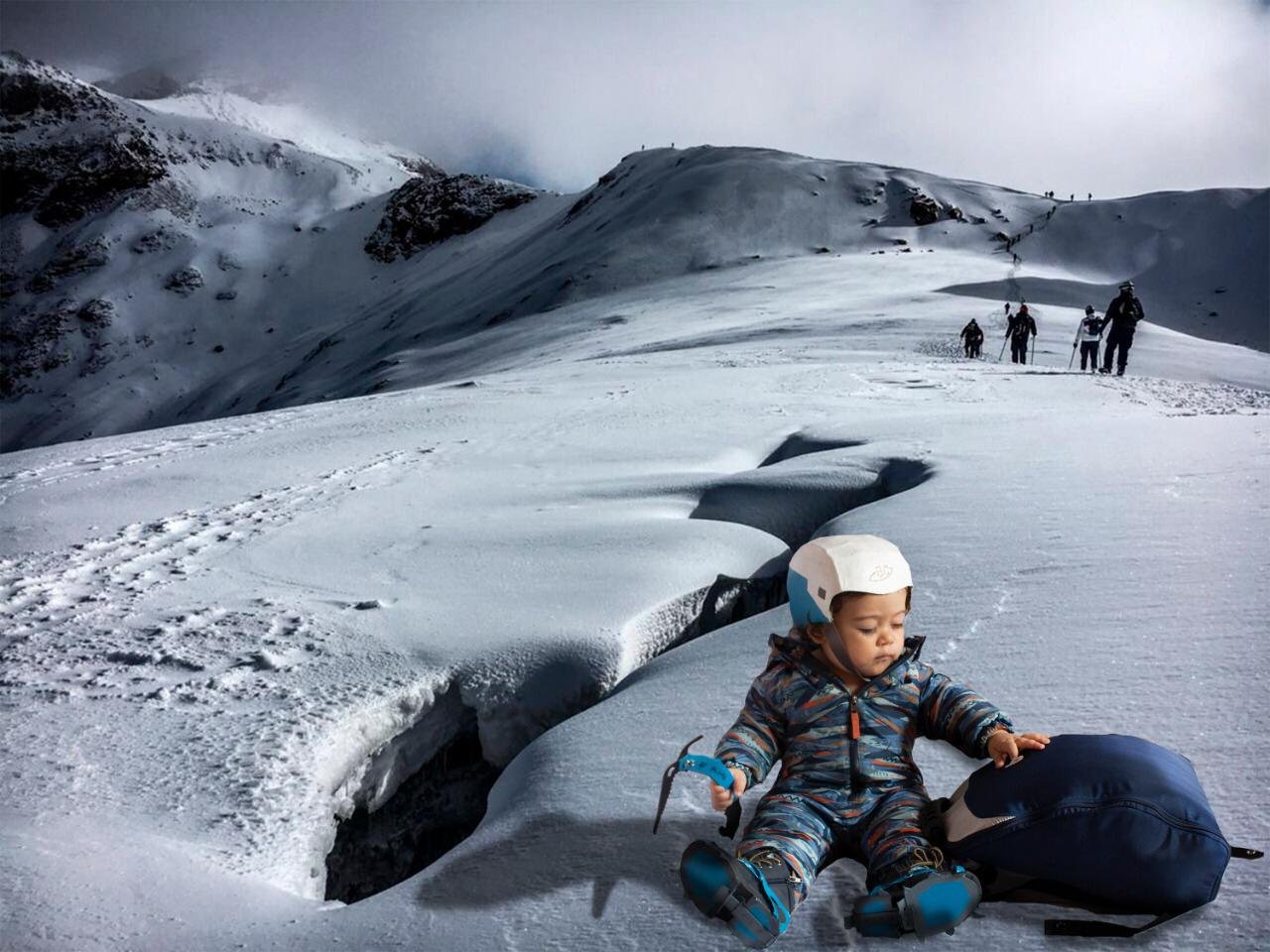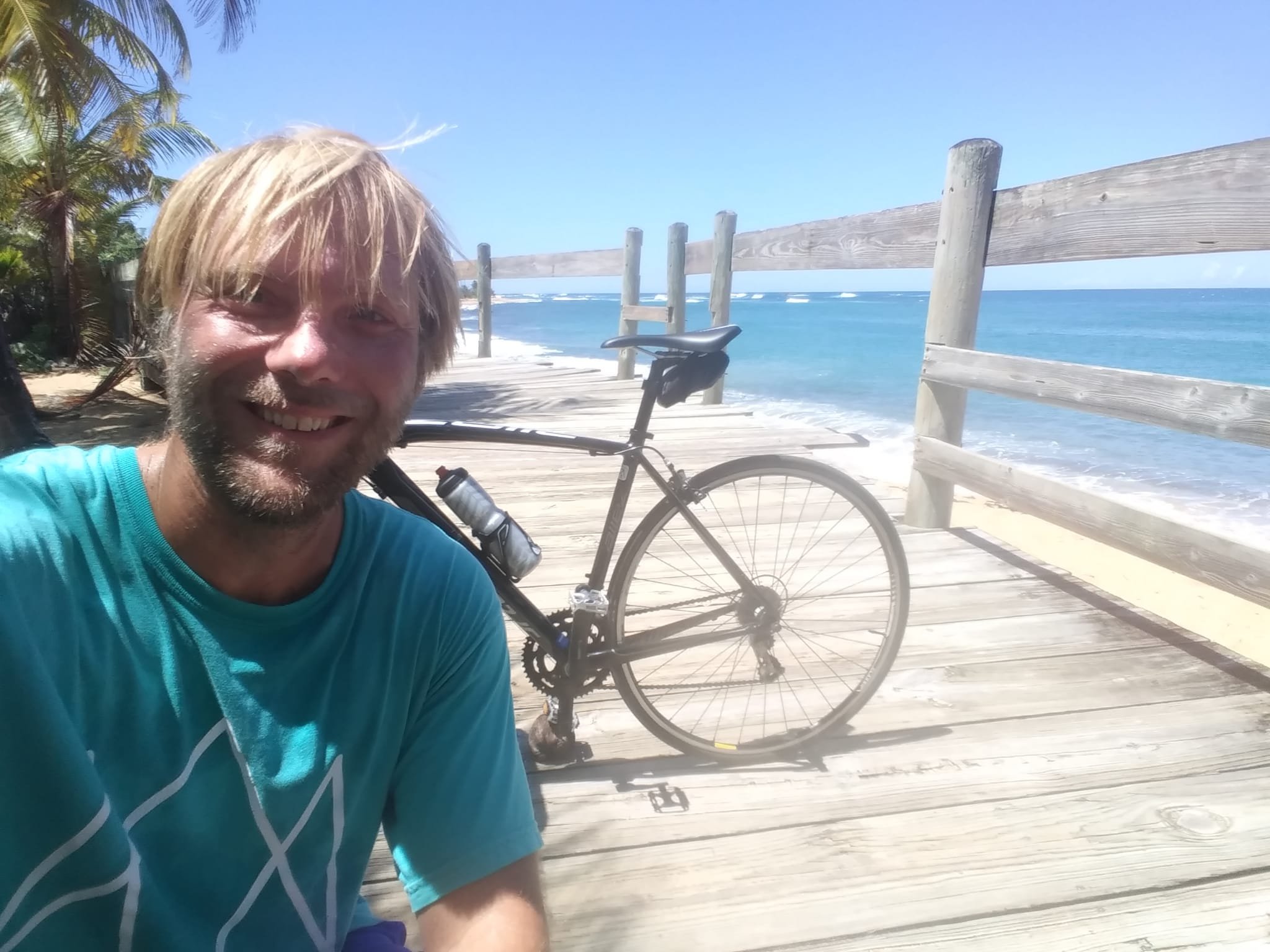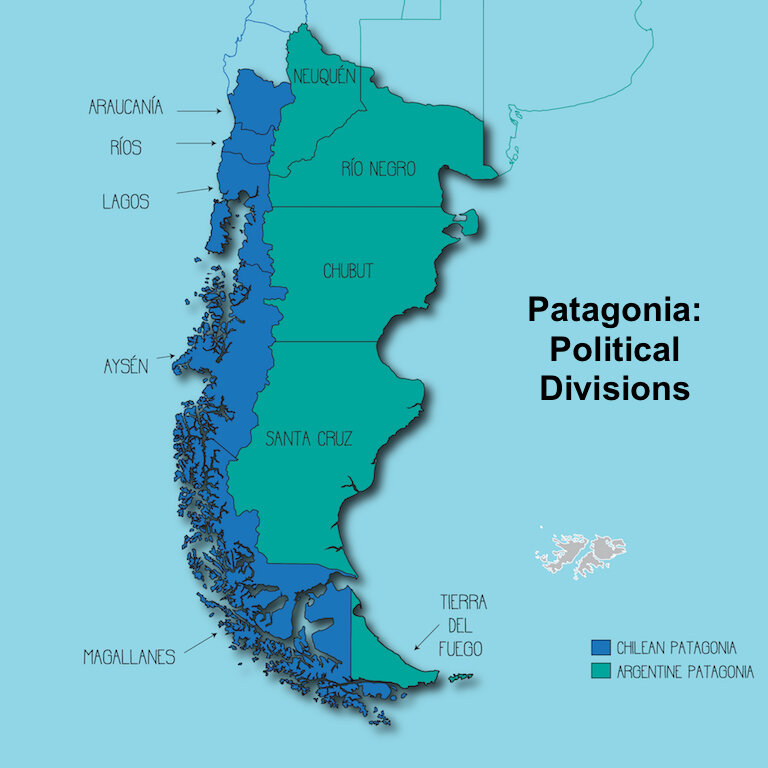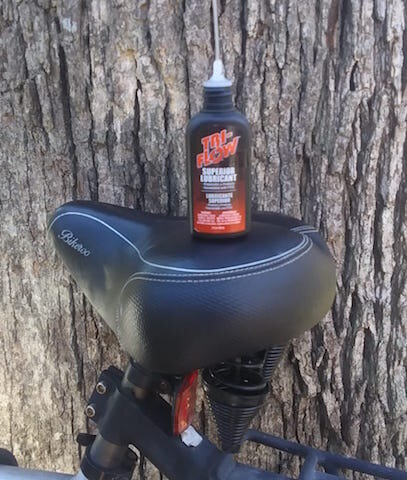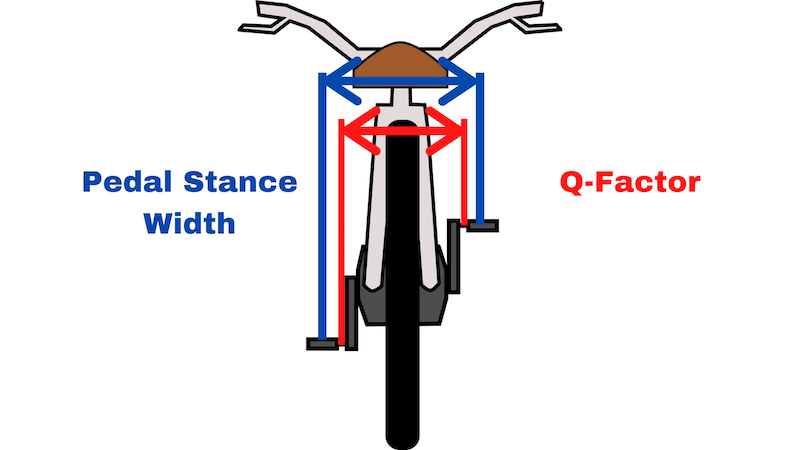Seat-to-Pedal Distance, commonly called Saddle Height, is responsible for how efficient your power production is and directly affects your joint angles and the ranges of motion of your muscles.
Pain in the back of the knee commonly results from cycling with your saddle positioned too high. This pain is the result of your legs over-extending during each pedal stroke which results in an overstretch of the tendon that connects the muscles of your hamstring to your tibia.
Seat way too high: An example
Most likely he is taking his dad’s bike out for a stroll….. but notice how he can barely touch the pedals and is only “toeing” them even before reaching bottom dead center??
This is an example of a saddle that is way too high. Frequent cycling with this saddle position will cause pain in the back of the knee and a host of other pain issues.
Anatomy of the Knee
General Bike Fit Rules of Thumb
Pain in the BACK of the KNEE = cycling with SEAT TOO HIGH
Pain in the FRONT of the KNEE = riding with SADDLE TOO LOW
A) Saddle Too High
A) Saddle positioned too high which causes the cyclist to reach further to push on the pedal.
B) However, eliminating all pelvic motion is not ideal either, because the pelvic motion helps transfer power from the upper torso to your lower limbs (Image Source: Leavitt and Vincent)
Causes of posterior knee pain: Saddle Too High
“If the hips rock back and forth when pedaling, the saddle is too high”
Saddles that are too high or too far back can over-stress the hamstring muscles. Posterior knee pain (pain behind the knee) develops from cycling with too high of a saddle and manifests as either biceps femoris tendonitis (biceps tendinosis) or popliteus tendinitis.
Either way, your hamstring muscles are being over-extended and pulled, which results in pain in the hamstring or where your muscle inserts around your knee.
Excessive internal rotation of your cleats (feet pointed toward the bike) will also increase the stress on this tendon and can manifest as posterior knee pain.
READ: “Is My Saddle Too Far Back” if you would like more info about your fore/aft position.
“Biceps tendonitis is another common over-use injury in cyclists and can be caused by a saddle height that is too high. If the saddle is too high it can cause posterior knee pain by over-extension in the dead spot at the bottom of the stroke, which puts a heavy strain on the biceps femoris. Due to this, it has been recommended that the saddle height be set between a 25-35° ”
Fixing posterior knee pain
If you are experiencing pain in the back of your knee(s), your first step is to analyze your saddle height and also check your fore/aft seat position. Having your saddle too far back, effectively raises your saddle height, since this places you further away from the pedals.
Check your saddle height
See if your saddle fore/aft position is correct
Self Care & Knee Pain
Apply ice to the inflamed area in 15-minute intervals
Foam roll surrounding muscles (but not on the area of pain or inflammation)
Rest: Don’t go cycling
Get a professional BikeFitting to avoid injuries in the future and improve comfort and performance and correct current issues
If rest, foam rolling, and icing fail to alleviate your knee pain, then it’s time to speak to a trained medical professional, such as a physical therapist.
Preventing Knee Pain
Graphic of the relative frequency of injuries in various areas from a 1995 edition of the British Journal of Sports Medicine
(Image Source: Callaghan and Jarvis)
Bicycling is highly repetitive. Just cycling 1,000 miles per year can take over one-million pedal strokes. Any slight misalignment of your bicycle settings, such as improper saddle height, create a cascading effect of issues, such as knee pain.
In the above graphic from a 1995 edition of the British Journal of Sports Medicine, the knee and low back suffer the most injuries. Both lower back and knee injuries are highly influenced by your seat to pedal distance (saddle height).
Even though this graphic is over 25 years old, it’s still reflective of the most common injuries today. If you are uncomfortable or experiencing any pain, these are signs you need to tweak your bike settings.
Preventing hamstring pain and cycling injuries can be as simple as checking your Bike-Fit settings. Proper saddle height, cleat position, and handlebar setup are very important in creating a comfortable and healthy ride.
quick summary
Saddle Too High: Posterior knee pain most commonly commonly results from cycling with too high of a saddle position (unless you happen to ride a fixie*)
Saddle Too Far Back: Riding with your saddle too far back places you further from the pedals which effectively raises your seat and can result in pain in the back of your knees
Solutions: Lower your saddle or move it forward (or both). If you are unsure how to find your correct saddle height, then seek a professional or check out our video.
* A “fixie” or fixed-gear bicycle can cause hamstring injuries since you use your hamstrings to slow/stop the bike.
Jesse is the Director of Pedal Chile and lives in La Patagonia. Jesse has a Master of Science in Health and Human Performance and a Bachelor of Science in Kinesiology. Hobbies: Mountain biking, bicycle commuting, reading, snowboarding, researching, and sampling yummy craft beers.
More articles from Pedal Chile
Sources and References
Asplund C, St Pierre P. Knee pain and bicycling: fitting concepts for clinicians. Phys Sportsmed. 2004 Apr;32(4):23-30. doi: 10.3810/psm.2004.04.201. PMID: 20086406
“Biceps Femoris Tendinopathy - Knee Tendinopathy - Knee - Conditions - Musculoskeletal - What We Treat - Physio.co.uk.” Www.physio.co.uk, www.physio.co.uk/what-we-treat/musculoskeletal/conditions/knee/knee-tendinopathy/biceps-femoris-tendinopathy.php.
Callaghan, Michael J. “Lower Body Problems and Injury in Cycling.” Journal of Bodywork and Movement Therapies, vol. 9, no. 3, 1 July 2005, pp. 226–236, www.sciencedirect.com/science/article/abs/pii/S1360859205000124, 10.1016/j.jbmt.2005.01.007.
Callaghan, M J, and C Jarvis. “Evaluation of Elite British Cyclists: The Role of the Squad Medical.” British Journal of Sports Medicine, vol. 30, no. 4, 1 Dec. 1996, pp. 349–353, 10.1136/bjsm.30.4.349.
“EFFECTS of SADDLE HEIGHT on PERFORMANCE and MUSCULAR ACTIVITY during the WINGATE TEST.” Journal of Physical Education, vol. 28, no. 1, 2017, 10.4025/jphyseduc.v28i1.2838.
Johnston, Therese E et al. “THE INFLUENCE OF EXTRINSIC FACTORS ON KNEE BIOMECHANICS DURING CYCLING: A SYSTEMATIC REVIEW OF THE LITERATURE.” International journal of sports physical therapy vol. 12,7 (2017): 1023-1033. doi:10.26603/ijspt20171023
Korff, Thomas, et al. “Effect of ‘Pose’ Cycling on Efficiency and Pedaling Mechanics.” European Journal of Applied Physiology, vol. 111, no. 6, 3 Dec. 2010, pp. 1177–1186, link.springer.com/article/10.1007%2Fs00421-010-1745-7, 10.1007/s00421-010-1745-7.
Leavitt, Trevor G., and Heather K. Vincent. “Simple Seat Height Adjustment in Bike Fitting Can Reduce Injury Risk.” Current Sports Medicine Reports, vol. 15, no. 3, 2016, p. 130, 10.1249/jsr.0000000000000254.
Peveler, Will W. “The Effect of Saddle Height on Economy in Highly Trained Cyclists.” Medicine & Science in Sports & Exercise, vol. 41, May 2009, p. 10, 10.1249/01.mss.0000353288.18971.8d.
Peveler WW, Green JM. Effects of saddle height on economy and anaerobic power in well-trained cyclists. J Strength Cond Res. 2011 Mar;25(3):629-33. doi: 10.1519/JSC.0b013e3181d09e60. PMID: 20581695.
Pruitt, Andrew L, and Fred Matheny. Andy Pruitt’s Complete Medical Guide for Cyclists. Boulder, Colo., Velopress, 2006.












